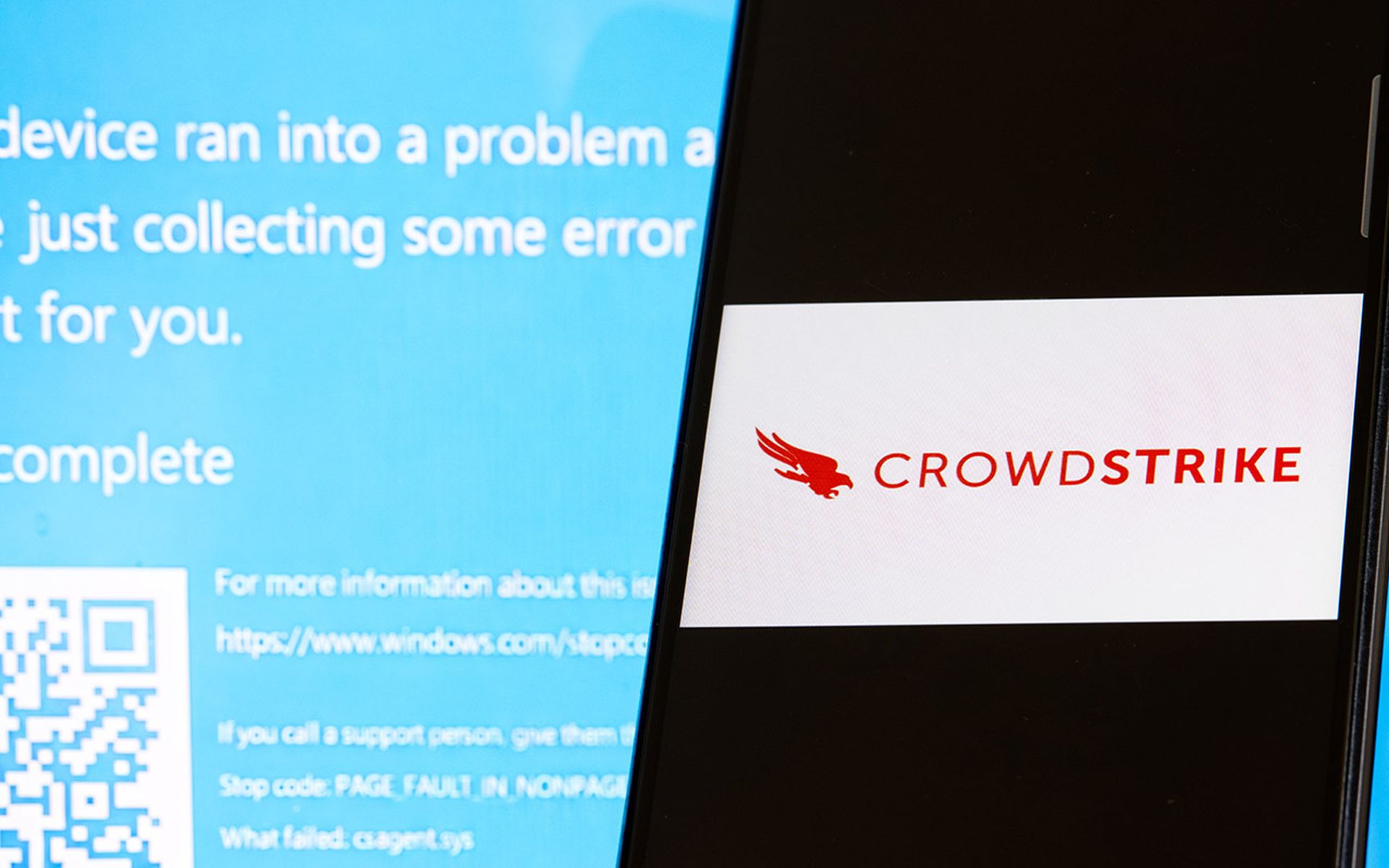Guest blog courtesy of TD SYNNEX and written by Tracy Holtz, Vice President, Cloud Solutions, Americas, TD SYNNEX
You may have heard from customers, and even your own employees, the fear of how artificial intelligence (AI) can change the workplace. It’s natural to view the unknown with skepticism. But it’s also important to see and share the opportunities that change brings — prompt engineering is a great example of that.
In addition to simplifying manual tasks and giving us the ability to focus on more creative or complex work, the introduction of AI into the workplace has also generated new fields of work.
The demand for natural language processing engineering (NLP), computer and information research and other AI-related roles is on the rise. For instance, the U.S. Bureau of Labor Statistics projects the employment of data scientists to grow by 35% from 2022 to 2032.
Prompt engineering is a new discipline that has made more than just this headline. Courses, certifications and even degrees are appearing for prompt writing in the U.S. as well as internationally.
So, what should today’s managed service providers (MSPs) know about prompt engineering?
A Sweet Overview
Consider an apple pie. Yes, that fall-time favorite. One made with canned filling and pre-made crust would be good. But let’s say you could use fresh-picked Granny Smith apples, add just the right balance of spices, a bright splash of citrus, and make the dough from scratch to adjust the flakiness and flavor to your liking? That’s prompt engineering. With better ingredients and techniques, you get more delicious results.
But Really, What Is Prompt Engineering?
Whether generating text, completing tasks or answering questions, the quality of the input plays a significant role in how the AI model bakes up the response.
Prompts are inputs or queries that you can provide an AI program to create the response you’re looking for. Since these programs are so new, an understanding of effective prompt design is essential to achieving desired outcomes. Enter prompt engineers.
Prompt engineering is the process of designing prompts that guide the behavior of large language models (LLMs). Think of them as the intermediaries between LLMs and the people who use them. Well-crafted inputs help the AI model grasp the intent and context of a user to improve accuracy and effectiveness.
In the business world, having a deeper understanding of prompting techniques (e.g., chain-of-thought, zero-shot, few-shot and RAG) helps engineers build applications to operate in different enterprise situations like personalized chatbots and LLM-powered agents.
Your Opportunity
When discussing AI with your customers, share easy ways to maximize its usage. This will boost their comfort level and help them quickly jump over the initial acceptance phase. But it will also build their confidence, increase their usage and help them see new ways to invest in AI solutions in the future. The more we see how AI can be integrated into our work, the more we innovate and lead.
Although prompt engineering can become highly complex, here are a few introductory tips gathered after from personal experience using leading generative AI tools such as Copilot for Microsoft 365.
- Be specific.
Avoid vague requests and be as specific as possible to avoid misinterpretation, for example:
Bad: Write a poem.
Good: Write a sonnet about Microsoft Copilot’s inspiring ability to improve productivity.
It also helps to include context, like providing details about the product and the audience:
Bad: Write a sales pitch.
Good: Write a sales pitch for Microsoft Copilot targeting busy small business owners.
Digging deeper, it can also help to provide specifics about the desired outcome, length, format and style:
Bad: Write a short paragraph about generative AI.
Good: Write 3-5 sentences in a professional tone about how generative AI can be implemented in daily work to increase efficiency.
- Provide examples.
Let’s say you’d like the AI model to create an apple pie recipe. You could ask for one and it would deliver one that is adequate. Or you could provide an example of a few other dessert recipes you like and ask it to create something similar. Now it knows your preferences, capabilities and interest in adding a little more spice to the mix.
- Continue the conversation.
Experimenting is important when learning a new skill, for you and for the AI model. Test different techniques, try different wording and follow up with additional questions.
For example, you could ask your AI companion for a product description for Copilot for Microsoft 365. Then, ask it to trim the response down to 60 words or less or rewrite it and use more informal language. Collaboration and ongoing learning are key to honing the AI’s responses.
Are Your Customers Maximizing AI?
It goes without saying that AI is advancing quickly, but humans are in lockstep with each new development and use case. As the industry matures, more AI opportunities are appearing, from assisting existing jobs to the creation of new ones — prompt engineering is just the beginning.
Whether it’s Microsoft Copilot today or a future AI application we have not imagined yet, there are resources out there to help you and your customers make the most of AI, because it truly is an opportunity.





